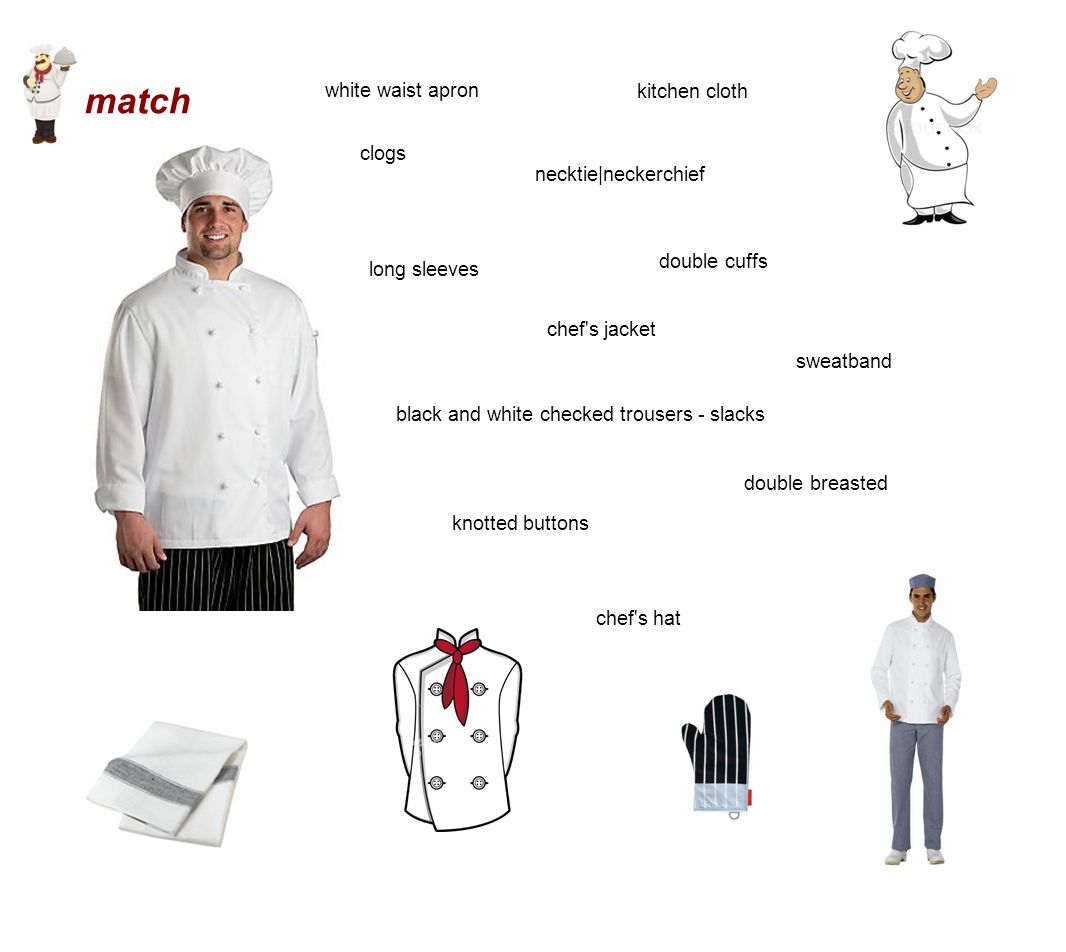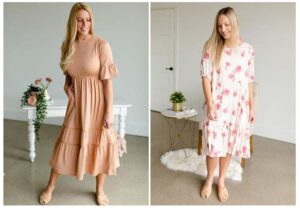In the world of culinary arts, where taste and presentation reign supreme, it is easy to overlook the importance of another crucial ingredient: chef uniforms. While they may appear to be mere garments, these outfits play a vital role in ensuring both comfort and functionality for chefs. And at the heart of every well-designed chef uniform lies a secret ingredient – fabric choice. From durability to breathability, the type of fabric used can greatly impact a chef’s performance in the kitchen, making it an essential consideration for any aspiring culinary professional. In this article, we will delve into the various fabrics commonly used in chef uniforms and explore how their unique properties contribute to creating an optimal working environment in one of the most demanding industries on earth.
Understanding The Role Of Fabric In Chef Uniforms
The role of fabric in chef uniforms goes far beyond mere aesthetics. While a crisp white coat and hat exude professionalism, the choice of fabric can greatly impact a chef’s comfort and performance in the kitchen. Fabrics like cotton or polyester blends are popular choices due to their lightweight and breathable qualities, allowing chefs to stay cool even during long hours in a hot environment. On the other hand, traditional heavy-duty materials like twill or canvas offer durability and protection against accidental spills or burns.
However, it is important to note that not all fabrics are created equal when it comes to withstanding the demands of a bustling kitchen. Innovative synthetic fabrics such as performance blends have been developed specifically for chefs, offering features like moisture-wicking capabilities that help keep them dry even under high temperatures. Additionally, antimicrobial properties can be infused into fabrics to prevent the growth of bacteria or odors – an especially crucial feature for maintaining proper hygiene standards in professional kitchens.
The Importance Of Durability And Longevity
Durability and longevity are two essential factors to consider when it comes to chef uniforms. Chefs work in a demanding environment, where they constantly move around, handle hot items, and deal with spills and stains. Therefore, their uniforms need to be able to withstand all of these challenges without wearing out quickly.
Choosing a fabric that is known for its durability ensures that the uniform can withstand the harsh conditions of a professional kitchen. Fabrics such as polyester blends or specially woven cottons are popular choices because they offer strength and resilience. These fabrics can endure frequent washing at high temperatures without losing their shape or color.
Moreover, longevity is important not only for economic reasons but also for sustainability. By investing in chef uniforms made from durable fabrics, the need for frequent replacements is drastically reduced. This means less waste and a positive environmental impact.
Breathability And Comfort For Long Hours In The Kitchen
In the fast-paced and high-pressure environment of a kitchen, comfort is key for chefs who spend long hours on their feet. But it’s not just about having the right shoes or supportive mats – the fabric choice of their uniforms also plays a crucial role in providing breathability and comfort.
Chefs need to be able to move freely and comfortably, without feeling restricted or overheated. Fabrics like cotton and linen are popular choices for chef uniforms due to their breathability and moisture-wicking properties. These natural fibers allow air to circulate around the body, keeping chefs cool and comfortable even in hot kitchens. Additionally, these fabrics absorb moisture, helping to keep sweat away from the skin and reducing discomfort caused by dampness.
Comfort isn’t just about physical well-being; it also has an impact on mental focus and productivity in the kitchen. When chefs are comfortable in their uniforms, they can fully concentrate on creating culinary delights without distractions or discomforts getting in their way. Having breathable fabrics that allow for airflow can make a huge difference in maintaining energy levels throughout long shifts. The last thing anyone wants is to feel sticky or suffocated while juggling multiple orders at once! By prioritizing breathability and comfort in chef uniforms, restaurant owners can ensure that their team of culinary professionals can perform at their best while feeling great doing so!
Resisting Stains And Spills For A Professional Appearance
When it comes to maintaining a professional appearance in the kitchen, resisting stains and spills is essential. Not only does this help chefs look presentable and put-together, but it also represents their commitment to hygiene and cleanliness. Choosing the right fabric for chef uniforms can make all the difference in achieving this feat.
- One option that has gained popularity among chefs is stain-resistant fabric. This innovative material not only repels liquids but also resists oils and grease, which are common culprits of kitchen stains. By opting for chef uniforms made from stain-resistant fabric, chefs can have peace of mind knowing that spills will be easily wiped away, leaving no trace behind.
- Another factor to consider when choosing fabrics for chef uniforms is their ability to release stains during laundering. Some fabrics are treated with special finishes that help release any soil or stain particles during washing, making them easier to clean and maintain. This feature not only saves time but also extends the lifespan of the uniform since harsh scrubbing or excessive cleaning isn’t necessary.
Conclusion:
In the fast-paced world of professional kitchens, every detail matters. From knife skills to presentation, chefs are constantly striving for perfection. But one often overlooked factor that can greatly impact a chef’s performance and image is the choice of fabric in their uniforms.
The choice of fabric for chef coats is a crucial factor that should not be overlooked. The right fabric can enhance comfort, breathability, and durability, ultimately improving the overall performance of chefs in the kitchen. When it comes to comfort and durability, the right fabric can make all the difference. Chefs spend long hours on their feet, working in hot and humid environments. A breathable and moisture-wicking fabric like cotton or polyester blends can help keep them cool and dry throughout their shift, allowing them to focus on creating culinary masterpieces instead of being distracted by discomfort.
Additionally, the appearance of a chef’s uniform speaks volumes about their professionalism and attention to detail. The right fabric can enhance a chef’s image by providing a well-tailored fit that conveys confidence and authority in the kitchen. Fabrics with added stretch or innovative wrinkle-resistant properties not only ensure a polished look but also allow for ease of movement during busy service hours.
In conclusion, choosing the right fabric for chef uniforms goes beyond just aesthetics. It directly impacts both performance and image in the kitchen. By prioritizing comfort and durability while also considering style, chefs can elevate their game and present themselves as true professionals who pay attention to every aspect of their craft – even down to what they wear.






Be First to Comment